The tough role of OBRs revolutionising the way we follow IMOCA racing
For Jimmy Horel, the Bay of Biscay in late September on the first section of the Défi Azimut 48-Hours, was a true baptism of fire.
The 32-year-old Frenchman, who formerly built a big YouTube following as he travelled north America for three years in his VW van, was making his debut in the IMOCA class as an Onboard Reporter, or OBR, and it proved an unforgettable experience.
With the 48-Hours including a mandatory requirement for all boats to carry an OBR for the first time, Horel had been assigned to Manuel Cousin and Clément Giraud’s Coup de Pouce-Giffard Manutention and he had to get to know the ropes of the 2007 Farr design quickly.
“First, it is a challenge when you don’t know the team or the skippers, so you are thrown into the lion’s den straight away,”Horel told the Class this week. “And especially because the conditions were really, really tough. So that added a level of stress because – as an OBR – you have a certain mission and you need to do the job even when the conditions are hard.”
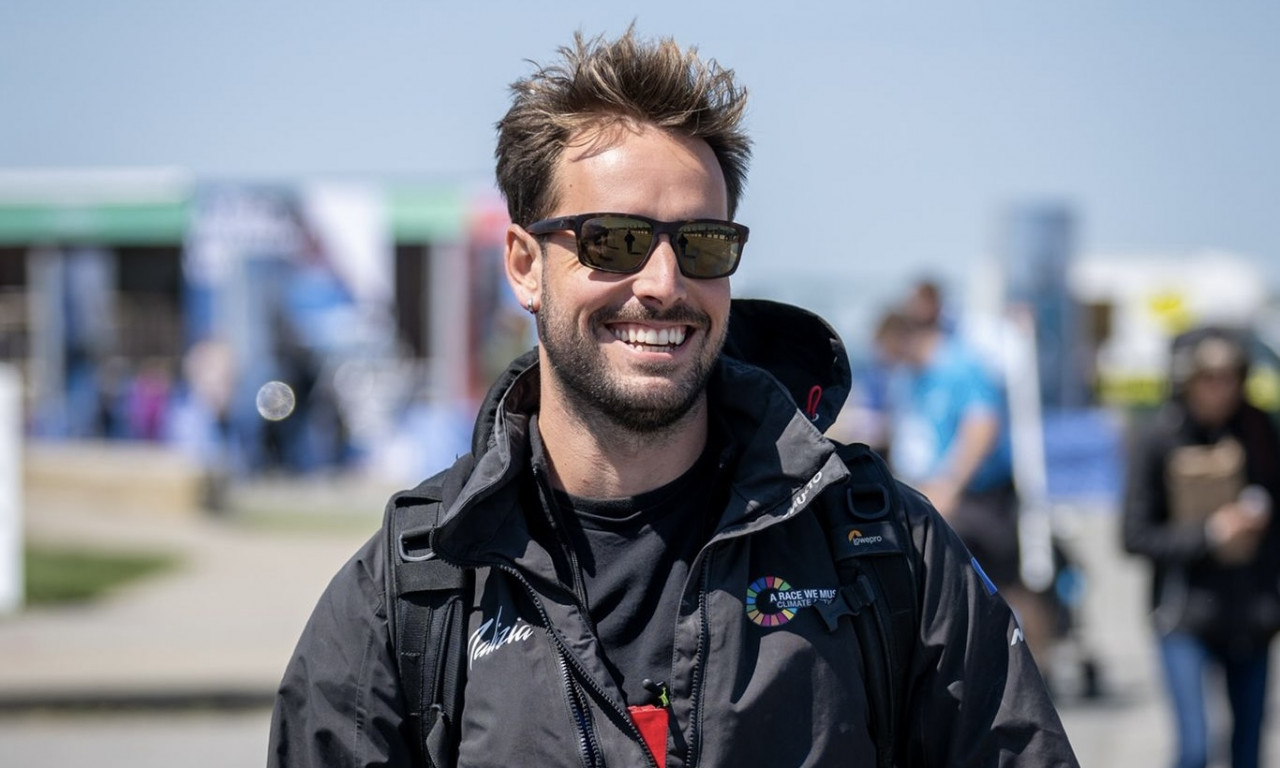
Horel is unlikely to forget that long first upwind section of the race when the IMOCA’s where smashing and crashing into a gusty and squally headwind which was kicking up a rough sea off the Brittany coast. By dusk at the end of that first day, Horel was struggling.
“I got seasick on the first night,”he recalled. “I had a bucket near me and the camera in my hand and I was just juggling between them – it was intense. All the day-to-day things that seem easy on land, become extremely hard at sea on board an IMOCA. That was the hardest part for me – to just take care of myself and to sleep correctly.”
Up ahead on Clarisse Crémer and Alan Robert’s L’Occitane En Provence, the more experienced Anne Beaugé was in her element. Having sailed on four legs of The Ocean Race as an OBR with Paul Meilhat’s Biotherm, Beaugé knew what to expect and had spent many days on board with Roberts, a British sailor who, she says, never seems to run out of energy.
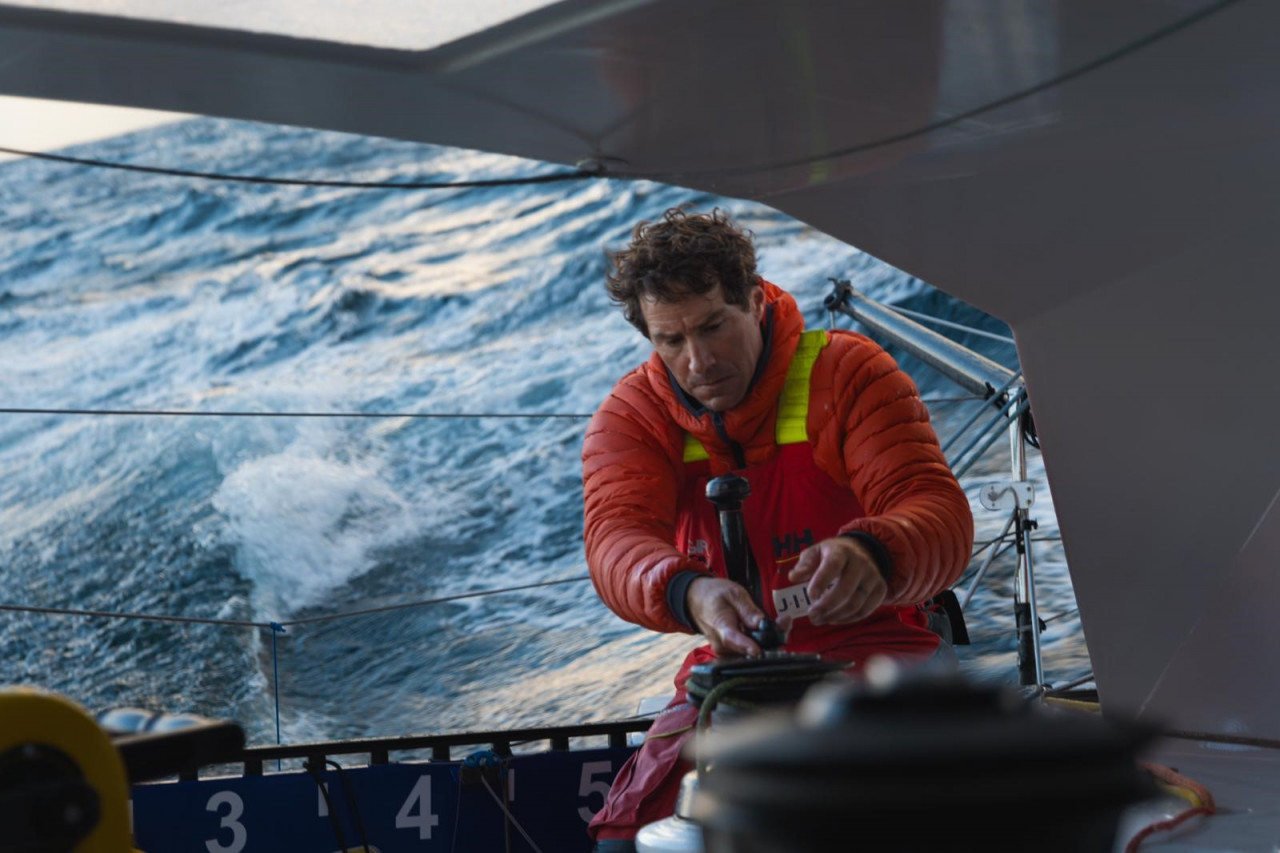
This was her summary of a demanding race that saw everything from big wind to no wind at all. “We had really brutal weather upwind with quite a good swell and rain and squalls and grey skies. Then, on the downwind, we had almost tradewind conditions – sunny and a really deep blue sea, which was lovely. And then we had a little bit of the Doldrums with the passage of a ridge on Saturday morning when, for a few hours, the wind was really erratic and really light.”
A former picture researcher in the fashion industry, Beaugé has been working as a photographer for the past nine years and is now based in Lorient. While focusing on capturing as much material as she could from on board during the race, she was also thinking about the photo and video competition between OBRs which was organised for the race. And it was her superb drone shot of L’Occitane En Provence going downwind with a rain squall on her heels that won the photo contest.
“Normally my subjects are the sailors, but this time I made a flight early in the morning and the light was really gold. I didn’t check (the radar) before taking off and there was a squall coming, so I had to land in a rush and during that I captured the rain on the water which was beautiful,” she explained.

For Horel, who recovered quickly from his early mal de mer, the OBR role was a real eye-opener. “As an OBR, you observe a lot,”he said. “You are there to deliver videos and photos, but you are also an observer who cannot touch anything on board. You are not allowed to participate in anything sailing related. So you observe the sailors and you realise the stress level and the intensity level.
“I found it very interesting how you have to be almost like a fly on the wall,”he continued. “It was very interesting to try to take up as little space as possible, to not be in their way and still capture the key moments as well as possible, because it is important for the team and the fans to have content coming back.”
The OBRs see at first hand how a partnership between skipper and co-skipper is working. Horel says Cousin and Giraud worked well as a team in all aspects of their activity on board. “Occasionally there was a bit of debate between them, which was interesting to see how they managed it,” he recalled. “One of them would say one thing and the other another, but ultimately the final decision came from the skipper (Cousin) – whether it was a good or a bad one, it has to be made finally by the skipper. But the communication between them was great.”
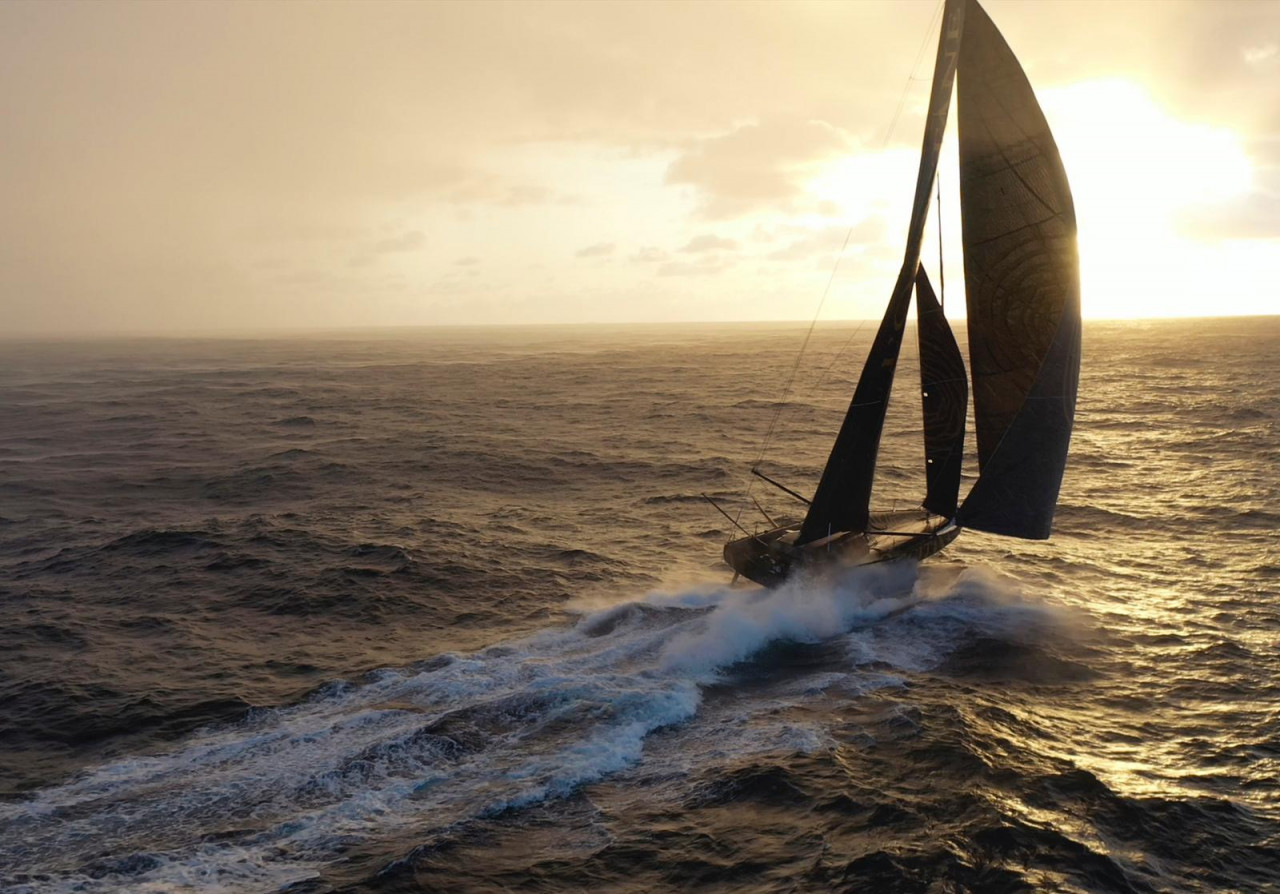
Beaugé, meanwhile, was thrilled to watch how Roberts and Crémer gelled on only their second race in a partnership that began at the Rolex Fastnet Race and that will continue in the upcoming Transat Jacques Vabre (TJV). “It was brilliant to see them together,”she said. “Their mood matched each other really well and also they were both discovering the boat, so they both had the challenge to set it up properly, to find the good speed and sail set-up, so it was a learning curve and it was really good to see their partnership.”
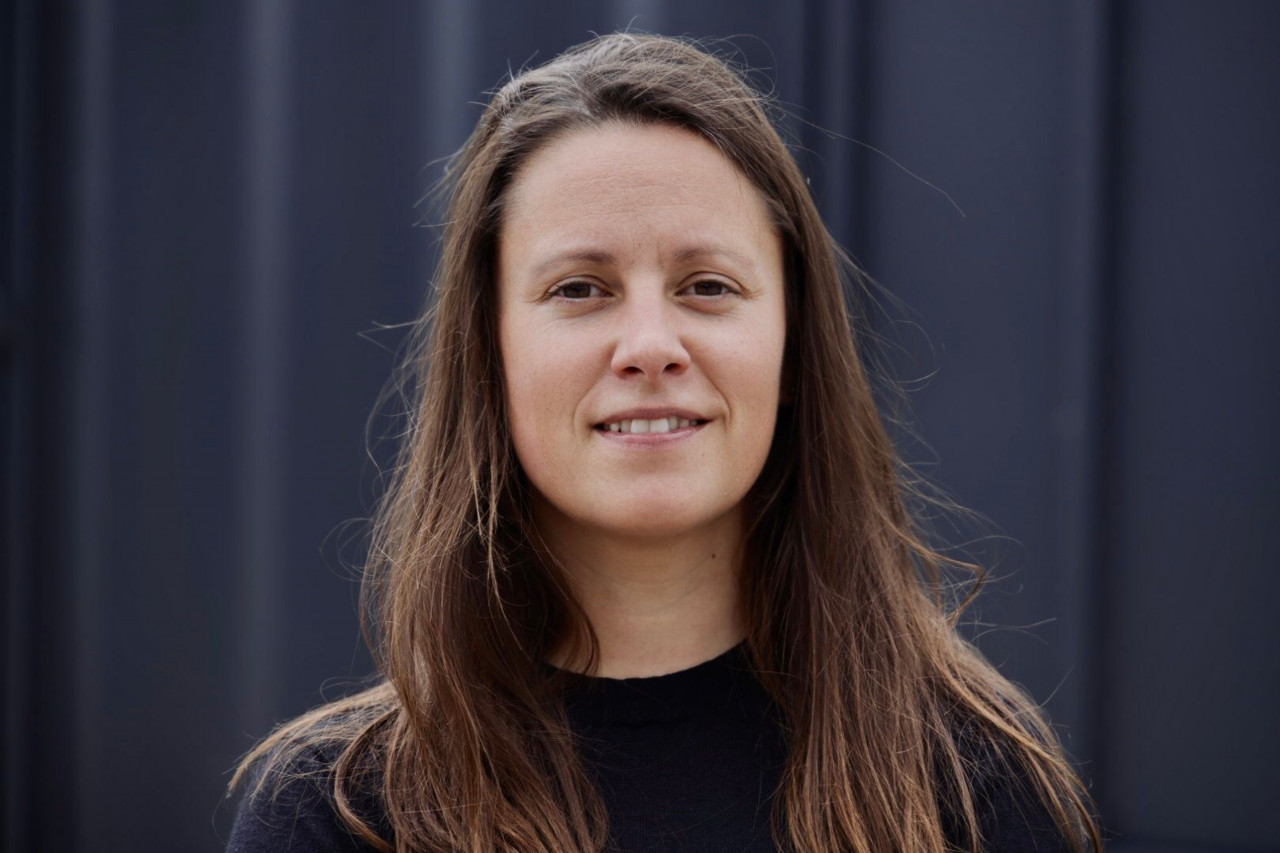
Beaugé observed that Roberts and Crémer, who communicated in French throughout, were motivated by a desire to match their own performance with that of their boat (the Guillaume Verdier-designed former Apivia). “They both wanted to do well and both were happy to sail on this boat because they know it is a good one and they have to be as good as the boat – that is their challenge,” she said.
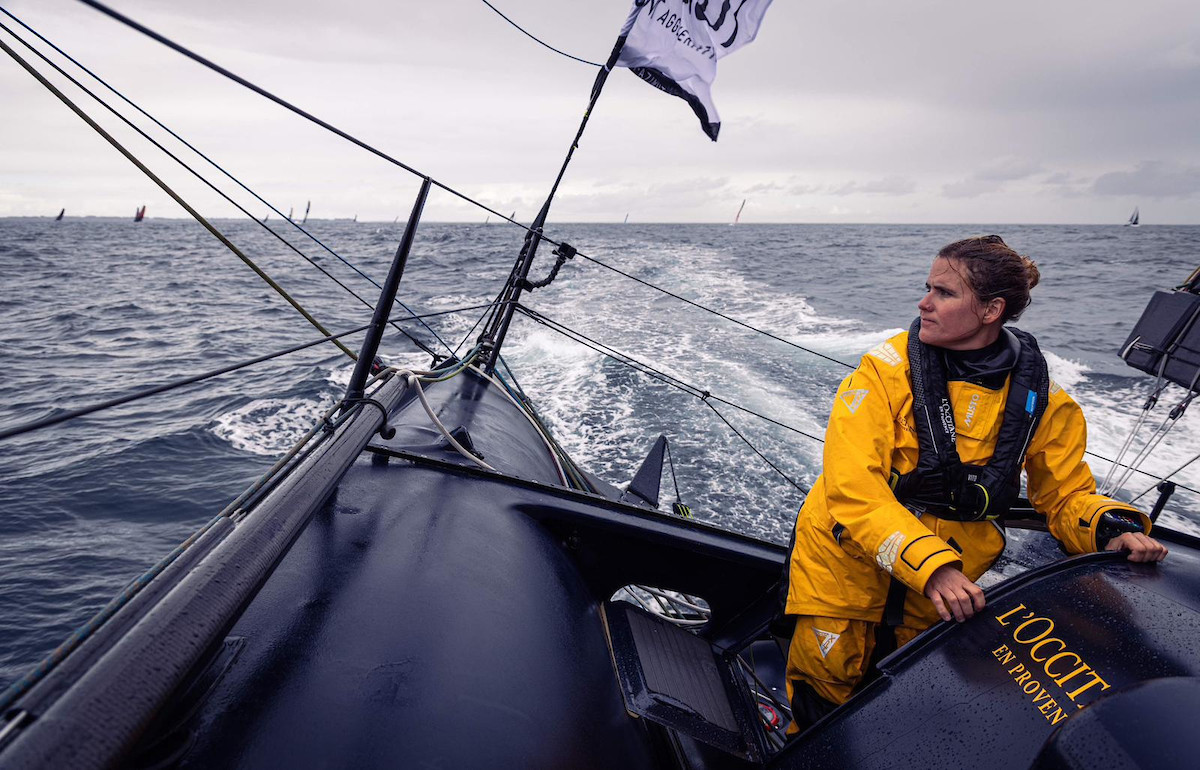
She was also impressed by Crémer’s performance as she continues her comeback in the Class after her pregnancy and change of sponsors. “She couldn’t re-start as early as she might have done, so she was a bit late and so today she is happy on the water and she really wants to do her best and she is really pushing for that,” said Beaugé. “Clarisse is a true competitor. She never lets go and never gives up. She is really sharp but she is also still fresh.”
Horel makes his living from a variety of projects – corporate and event photography and video and drone work – but he would love to do more in the OBR role in IMOCAs. “It is hard mentally and physically, but I found it rewarding too,” he explained, “to be able to deliver beautiful images and to be part of the race also. I am not a sailor and it is crazy to me that I am part of a team sailing offshore, doing extreme things when I am not a sailor to begin with.”
In between the more stressful moments he enjoyed chatting to Cousin and Giraud and getting to know them. By the finish he understood what it meant as they crossed the line in 24th place after a long final approach in light winds. “I could feel a big sense of relief – they were very emotionally relieved. It was almost like a weight lifting off their chests. It was very beautiful to see and they hugged each other and celebrated each other, cheering together,”said Horel.
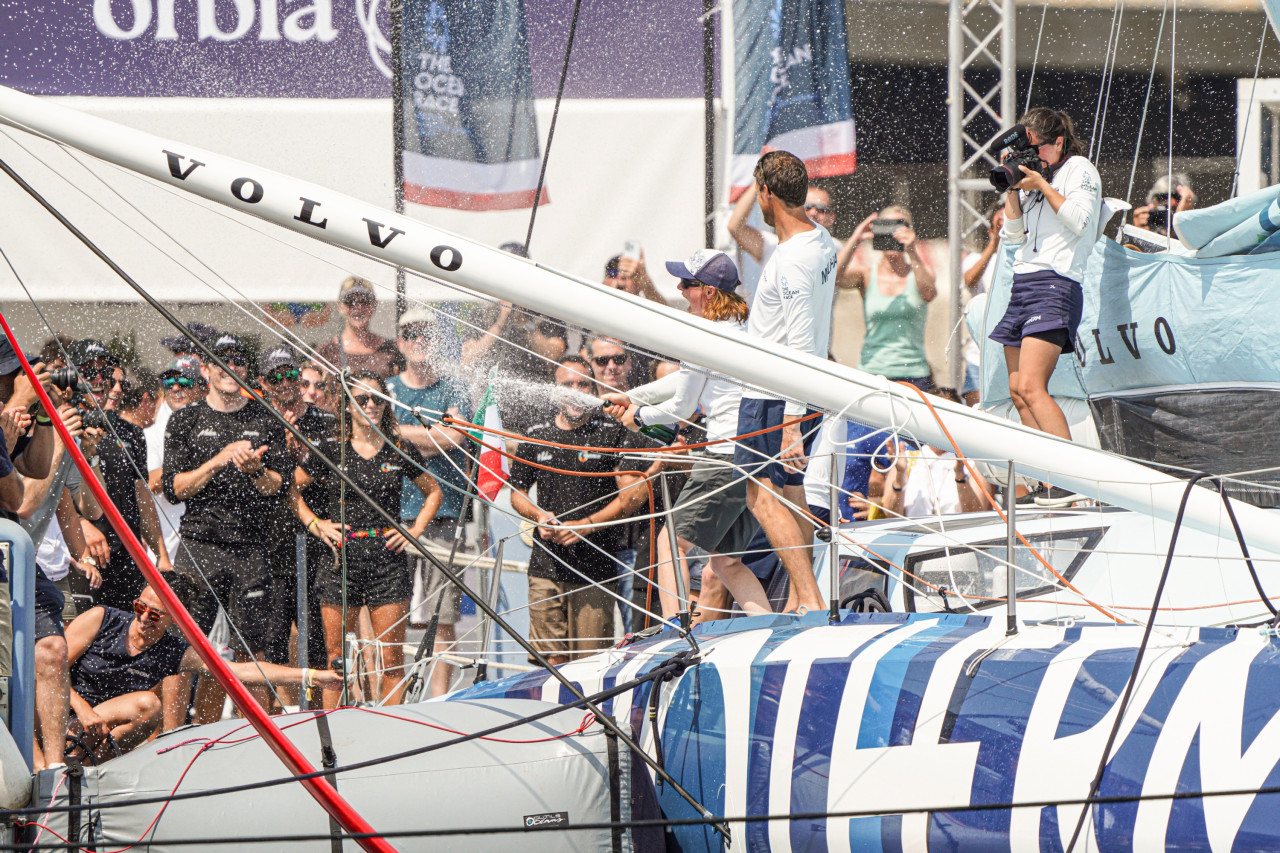
Unlike Horel, who has never sailed himself, Beaugé completed her own Mini Transat race in 2019 and has done two seasons in Class 40s. But she says she doesn’t feel frustrated when working on board as an OBR, a job that she finds completely absorbing.
“I like many things about it,” she said. “First being at sea. Then the way I shoot the sailors, they don’t care about me, they are just focused on their racing and their intensity at sea. It is a thrill to capture this and also to share it with people on shore because when the sailors arrive, they are super-tired and you can see the weight of the lack of sleep and also the pressure release. Yeah, at sea it is important to capture all this and to try to show how much they give of themselves,” she added.
With OBR’s not required on the TJV, and then the solo season starting after that, we will have to wait until next year’s Défi Azimut-Lorient Agglomération to see them on board IMOCAs again. But this season has already proved that they can work well on board a racing IMOCA, while revolutionising the flow of story-telling and content of all kinds from on board.
Ed Gorman
Teams info
After a stunning 2025 season Sam Goodchild is the IMOCA Globe Series Champion for the second time
After a long season at the top of the IMOCA fleet that featured three race wins, Great Britain’s Sam Goodchild is for the second time in three years the IMOCA Globe Series Champion.
•••Quel rôle peut jouer la course au large dans la transformation du transport international ? Avec Pie…
Pour ce 10ᵉ épisode de Transitions, enregistré au Havre lors du départ de la Transat Café L'Or, nous recevons Jeremy Pochman, PDG de 11th Hour Racing, et Pierre-Antoine Morvan, responsable du pôle course au large et supe…
•••